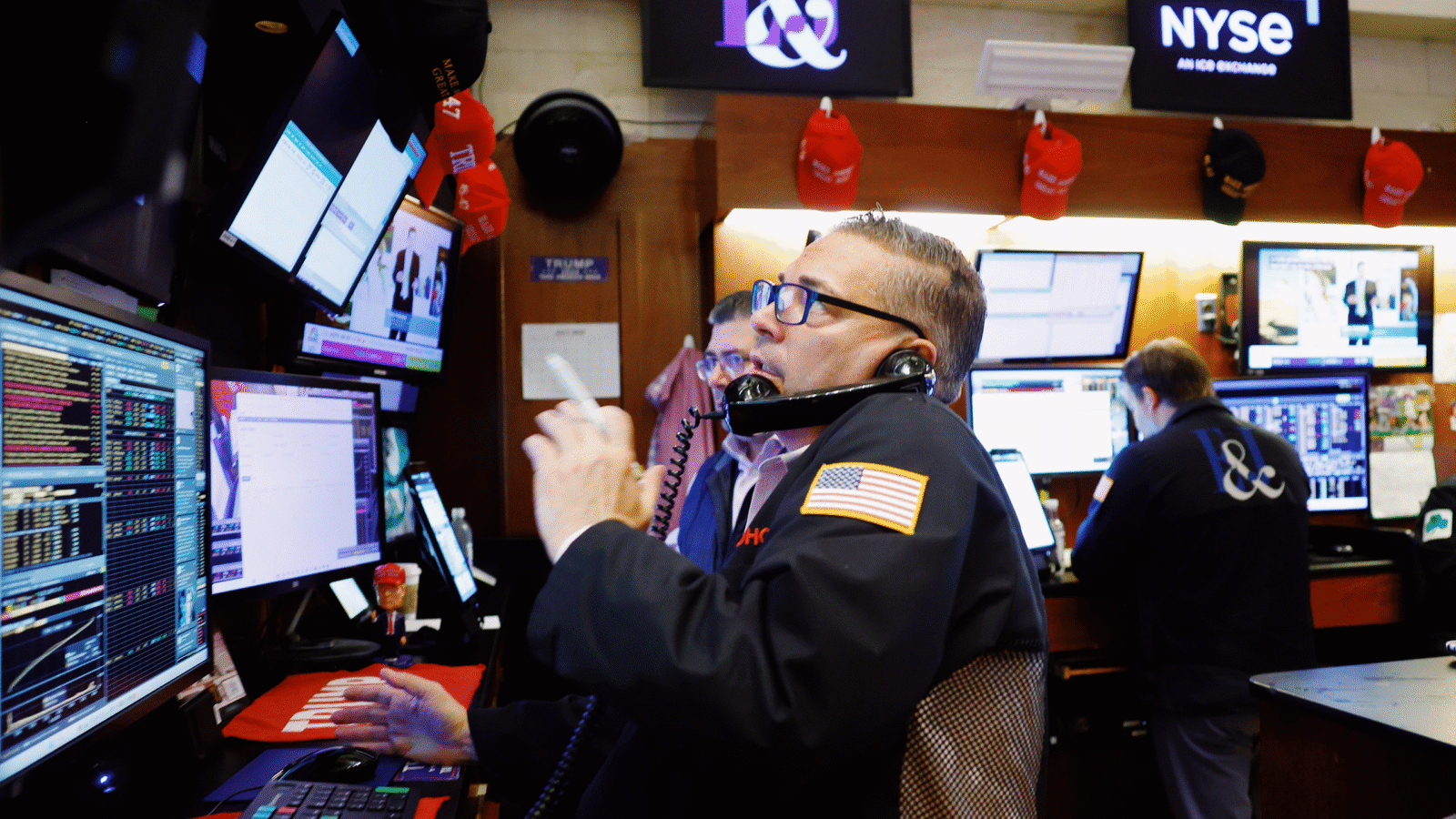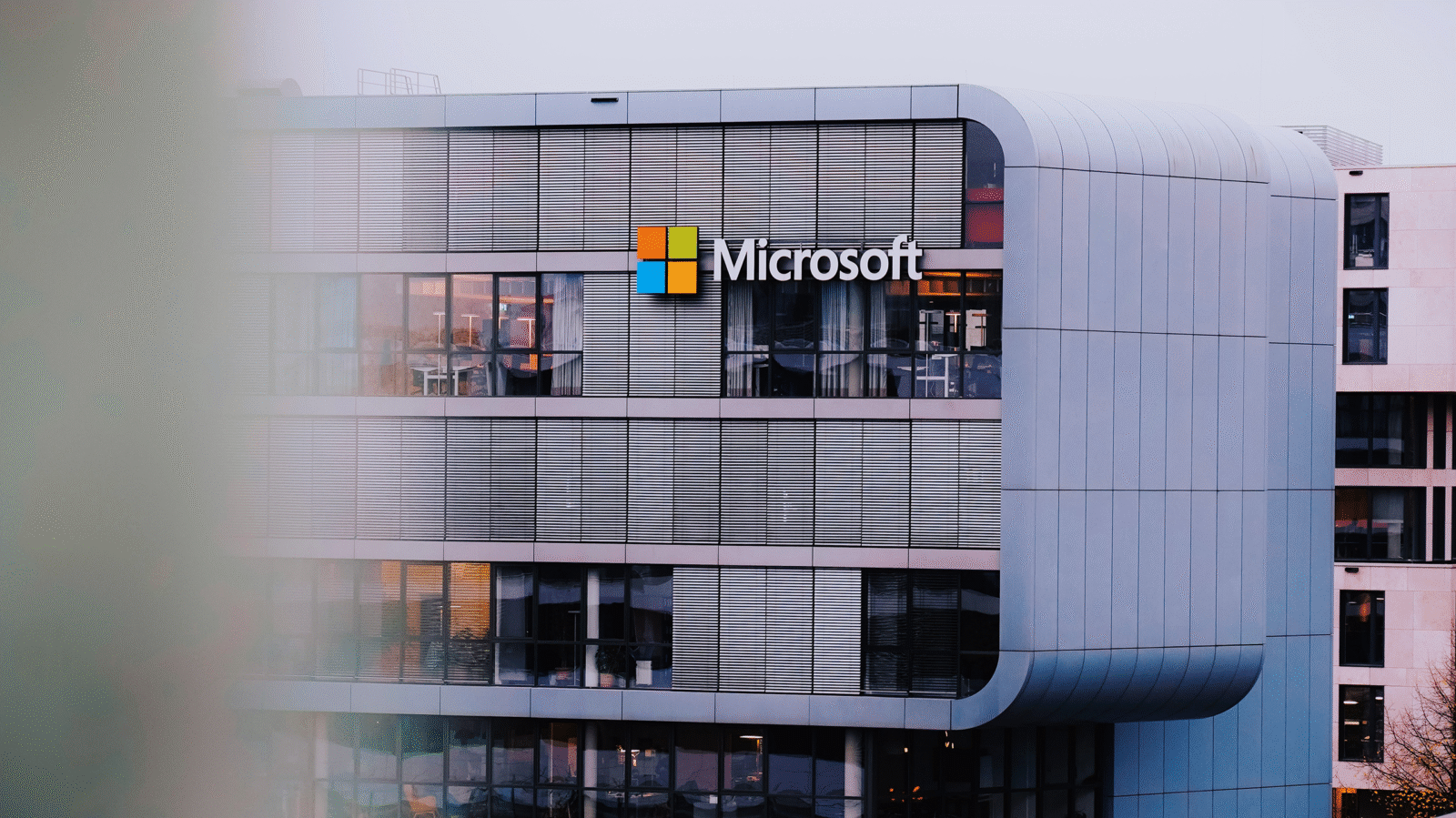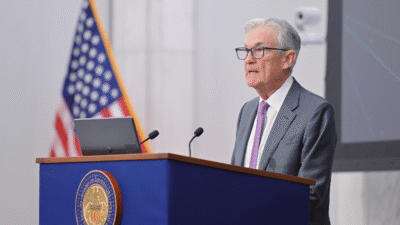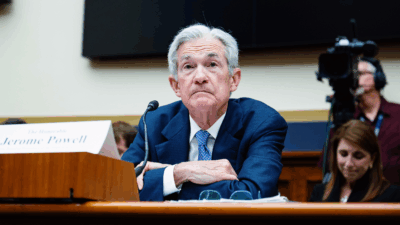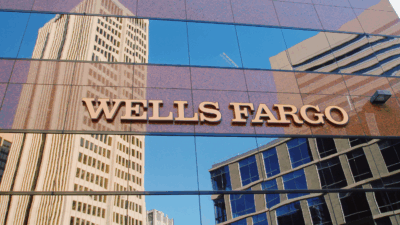Small Businesses Feel the Pinch of Higher-for-Longer Interest Rates
As the prospect of higher-for-longer continues to sink in, small businesses are beginning to feel the pinch, per Bloomberg.
Sign up for smart news, insights, and analysis on the biggest financial stories of the day.
In wonky economic terms, don’t sell the skin till you have caught the bear.
US Federal Reserve officials meet once again on Wednesday, and the group is expected to yet again maintain the highest interest rates the country has seen in nearly 25 years. As the prospect of higher-for-longer continues to sink in, small businesses are beginning to feel the pinch, per a Bloomberg feature published on Tuesday.
Federal Reserve Your Strength
The US Bureau of Labor Statistics will also be publishing its latest inflation report for the month of May on Wednesday, mere hours before The Fed’s policy meeting. Barring shocking results, economists aren’t expecting a major Fed pivot. In a Financial Times-Chicago Booth poll of 39 academics published Monday, more than half said they expect a single quarter-point rate cut this year, while almost a quarter of respondents expect no cut at all.
Unfortunately, it seems not every business owner in America consulted their local monetary policy expert before making plans for the year (though, in this instance, a trip to the local psychic may have been even more useful). And the costs of expensive cash are now starting to add up. According to National Federation of Independent Business data, the share of small firms that cite financing costs as their top business problem has hit a 14-year high. Meanwhile, the default rate on small business loans hit 3.2% in April, according to Equifax, the highest rate in a decade.
The upshot is that higher-for-longer is eating away at small businesses’ plans for reinvestment:
- According to Institute for Supply Management (ISM) data seen by Bloomberg, company leaders expect just a 1% rise in capital outlays this year — well down from the rosy 12% forecast seen in December.
- The ISM also reports that a majority of survey respondents in the services sector point to interest rates and inflation as barriers to improving business conditions, also a reversal from optimism in a January report.
Inflation Nation: While inflation in the US has cooled significantly since its peak, consumers aren’t so sure. Why? Because interest rates remain high. Textbook economic theory long held that high interest rates temper spending, thus decreasing inflation (and given that inflation has cooled as interest rates have gone up, the correlation once again appears provably true). But, in an argument recently outlined by Paul Krugman in The New York Times, consumers see those very same rates as more inflation. After all, the argument goes, aren’t high interest rates simply just inflating the price of money itself? In other words, while economists see high interest rates as easing inflation in the long term, consumers simply see them as yet more inflation in the present. The good news for the inflation-weary? At least now fast food chains are starting to once again compete on price.

